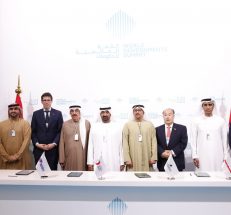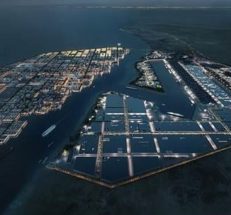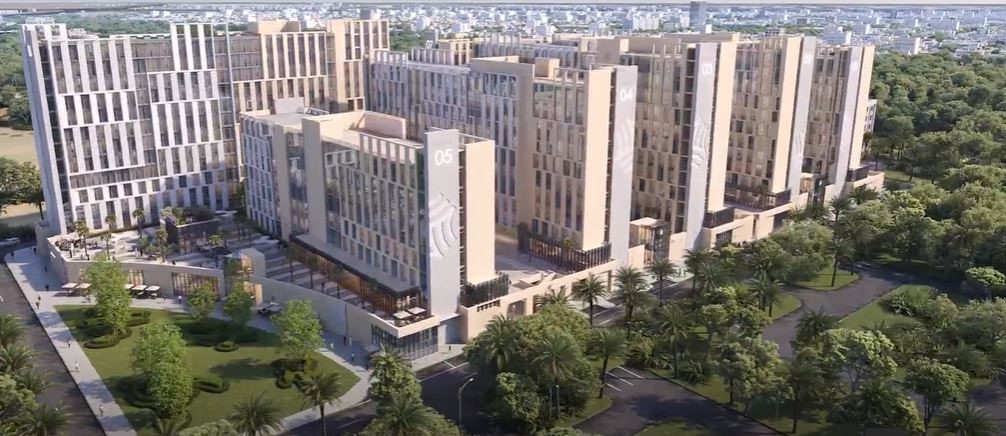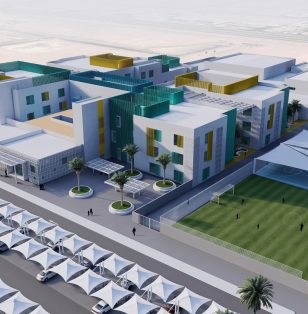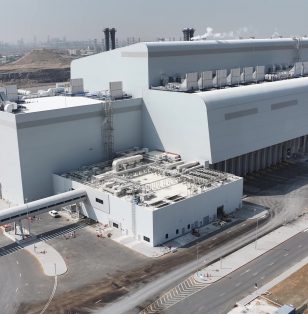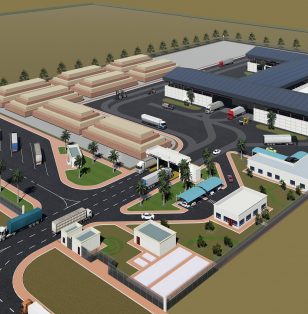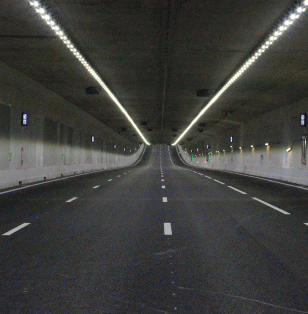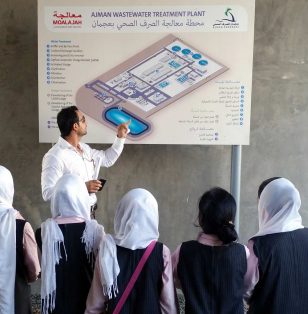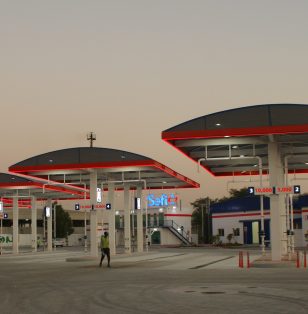Is there real added value for local governments to pursue Private-Public Partnerships?
BY ERYL EDWARDS COMMERCIAL MANAGER OF BESIX CONCESSIONS & ASSETS
Since oil and gas prices started putting pressure on government budgets to reduce subsidies, there has been a great deal of interest in Private-Public Partnerships (PPP) in the Middle East. However, it is not only the ‘off balance sheet’ financing that drives government interest in considering the PPP option to deliver on their vast infrastructure, as it become even more urgent due to the regional demographics and need for greater diversification into industry and tourism. The primary driver is the concept of allocating risk to the party best able to manage that risk.
Since BESIX started operating in the region 50 years ago, GCC governments have demonstrated good forward planning in terms of master planning their required infrastructure. However, in our experience, some assistance is required when it comes to the long-term issues of implementing such master planning.
Conventional tender processes for asset delivery tend to only consider capital cost, and not the cost of the whole life cycle. Moreover, there is limited scope for adoption of new technology due to the conservative design approach. Once constructed, there is limited capability in the public sector to maintain the infrastructures or to find ways to adapt and extend their lifecycles. Instead of this approach it is usually the case that adding more infrastructure is the chosen route to meet growth in demand. This tends to result in assets being replaced sooner than necessary and absorbs time and money that could go into other necessary infrastructure.
Additionally, the rapidly developing demographics of the GCC mean that there is significant pressure on governments to deliver infrastructure faster to meet the expectations of the population: an economy that delivers on the population’s expectations and attracts investment requires efficient infrastructure.
A PPP model can address these issues in the following ways:
-A well-structured PPP scheme ensures that the infrastructure that is implemented takes careful account of the whole life cost of the asset, as the PPP structure will require facilities to be handed to the government at the end of the concession period in a pre-defined condition.
-The PPP operator must maintain the asset in good order to deliver on the long-term contract performance standard, and ensure that there is no unforeseen early replacement of equipment/ assets that would impact on the projected financial performance of the PPP, which would be to the detriment of the investors.
-The private sector partner is able to apply operating skills to integrate new technology during the life of the concession to ‘sweat the assets’. This is possible wherever the owner within such a concession can work with the operator to devise low cost enhancements that enhance efficiency without compromising the durability of the infrastructure.
-The government’s role should be that of a regulator of the PPP, ensuring that enabling legislation and regulations are in place to facilitate the partnership, which also protects the interest of the end user. After all, the government is the guardian of the people’s interest.
-Funding from private investors will continue to grow as governments begin to remove subsidies. This will allow services to be provided through the PPP models, which in turn generate a revenue base that is as close as possible to a “user pays” model.
So why do we believe that PPP is likely to increase in the GCC?
Over the years, BESIX has observed that there is an increasing traction across several GCC government departments that are becoming more acquainted with the benefits of a PPP to deliver their projects.
In our experience when the government is a shareholder in a special purpose company, it provides reciprocal comfort to all the stakeholders which in turn ensures longevity of the project.
Funding sources available to private companies are now also much more flexible after the post financial crisis issues have settled down, and availability of wider options on debt funding are available in the market to make projects affordable when risks are correctly allocated within a well-structured PPP.At BESIX we believe there is indeed added value for governments in the adoption of a PPP model for delivering enhanced infrastructure services to their residents and industries. Governments that see the connection between the various sectors of transport, power, water and waste management infrastructure will be the first to deliver on the expectations of their young population through well-developed PPP arrangements.
Search
Follow us on Twitter
- Waiting for twitter.com...Try reloading the page again

